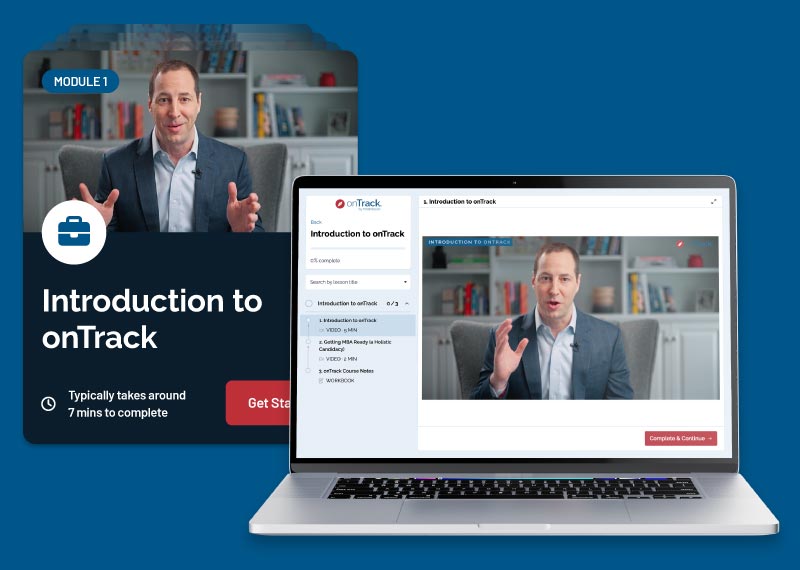With regard to the GMAT, raw intellectual horsepower helps, but it is not everything. Manhattan Prep’s Stacey Koprince teaches you how to perform at your best on test day by using some common sense.
How do you maximize your score on the GMAT? Sure, you have to learn to answer harder questions correctly—but that is not actually enough.
Let us stipulate a couple of things. First, whenever I say “easier” or “harder” in this post, I am referring to easier or harder for you, the reader; everything here is relative to your current scoring level and your desire to lift that level to whatever your goal score is. In other words, this works at every level and for every goal.
Second, as a general rule, you take (on average) more time to answer harder questions than you take to answer easier ones.
Okay, so what does that mean? Most people do not spend much time studying the things that they generally already know how to do; they do not analyze questions that they answered correctly unless there was some other issue (such as spending too much time).
That is a mistake—and not just because we can still learn things from questions that we answer correctly. More importantly, if you want to lift your score, then the questions that you find of medium difficulty today need to turn into questions that you find easier in the future.
Think about how the test works: if you are scoring in the 80th percentile, then 65th percentile questions are generally fairly easy for you, the 75th to 85th range is medium, and 90th percentile questions are too hard. If you want to lift your score to the 90th percentile, sure, you have to learn how to tackle those harder questions. At the same time, the 75th to 80th percentile questions have to become your “easier” question pool—“medium” level will no longer be good enough!
Remember when I said that we generally take more time to answer the harder questions? That is okay, within reason (say, up to 30 seconds beyond the average for that question type). To have that extra time, though, you have got to be saving time on the easier questions. Those questions that are medium for you right now—you have actually got to be able to do them more quickly for them to turn into easier questions in the future.
Beyond all of that, there is yet another benefit. Shortcuts or alternate solution methods that you figure out for those easier and medium questions can often be used on harder questions as well. You will actually learn how to tackle some of the harder stuff by getting even better at the easier and medium stuff.
If you are going for a really high score (720+), then I will leave you with a couple of “challenge” exercises. Answer this math question and this Critical Reasoning question in one minute (or less). Good luck!



